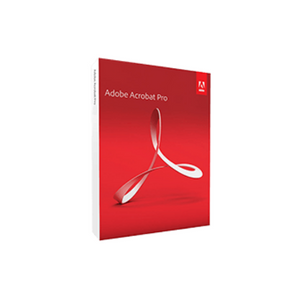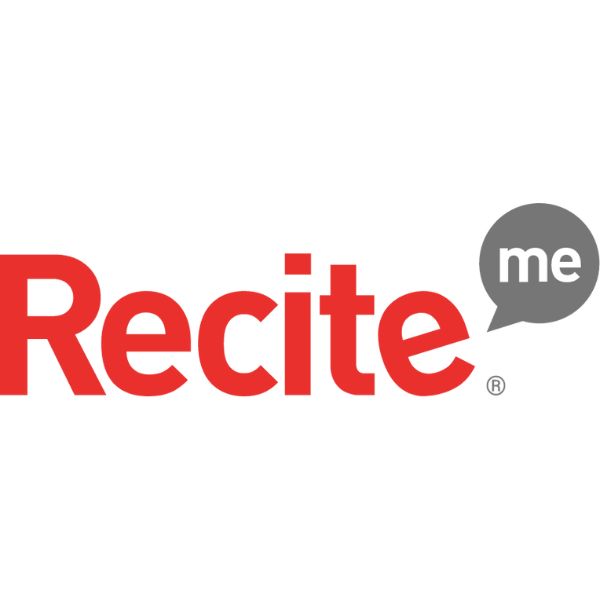Insights
INSIGHTS
All Topics
How to write a brilliant content strategy
25 Mar 2024by Ioan Marc Jones
You have viewed all of your 1 articles as an unregistered user
To continue reading this article please register.
For unlimited access to our free content, please register.
Ioan Marc Jones
More on this topic
Related Content
Recommended Products
31 Mar 2025by kirsty marrins
A guide to paid advertising for charities
27 Mar 2025by Laura Stanley
Charity Digital Exchange: Grow your charity with AWS
21 Mar 2025by Christine Chiu
How to make the most of a conference
Our Events
Charity Digital Academy
Our courses aim, in just three hours, to enhance soft skills and hard skills, boost your knowledge of finance and artificial intelligence, and supercharge your digital capabilities. Check out some of the incredible options by clicking here.


































